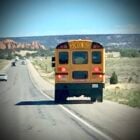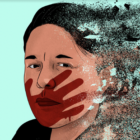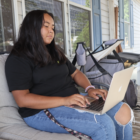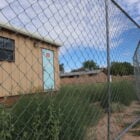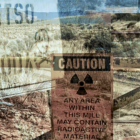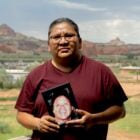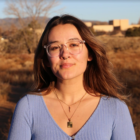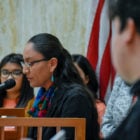education
State coordinator says New Mexico likely undercounts homeless students
 |
|
School districts across New Mexico are likely failing to accurately count the number of students experiencing homelessness, Dana Malone, coordinator for the state’s Education for Homeless Children and Youth Program, told New Mexico In Depth.
That failure means vulnerable children probably are missing out on crucial services and being denied educational rights they’re entitled to. Such undercounting is a nationwide trend, according to an analysis by the Center for Public Integrity that found schools don’t know about as many as 300,000 students who may meet the definition of homelessness established by the federal McKinney-Vento Homeless Act. Under McKinney-Vento, children and youth who lack a fixed, regular, and adequate nighttime residence are defined as homeless, including those who are “doubled up,” or sharing another person’s housing due to a loss of housing or economic hardship.
The 1987 law guarantees those children a number of rights to help break down barriers to education, such as the right to remain at the school they were attending when they were stably housed and the right to transportation to and from school.
Critical to helping homeless students access the support they’re due are special school staff, called “liaisons,” that Malone trains and supports. Districts appoint the liasons, who identify and connect students with services. Funded by federal grants and other sources, the liaison positions are often part-time in small districts, but larger districts, like Albuquerque, have full-time staff dedicated to homeless students.
Malone is tasked with ensuring New Mexico’s 89 school districts and dozens of charter schools are in compliance with McKinney-Vento.
In the spring, Malone plans to begin monitoring a number of districts she suspects are undercounting students.
